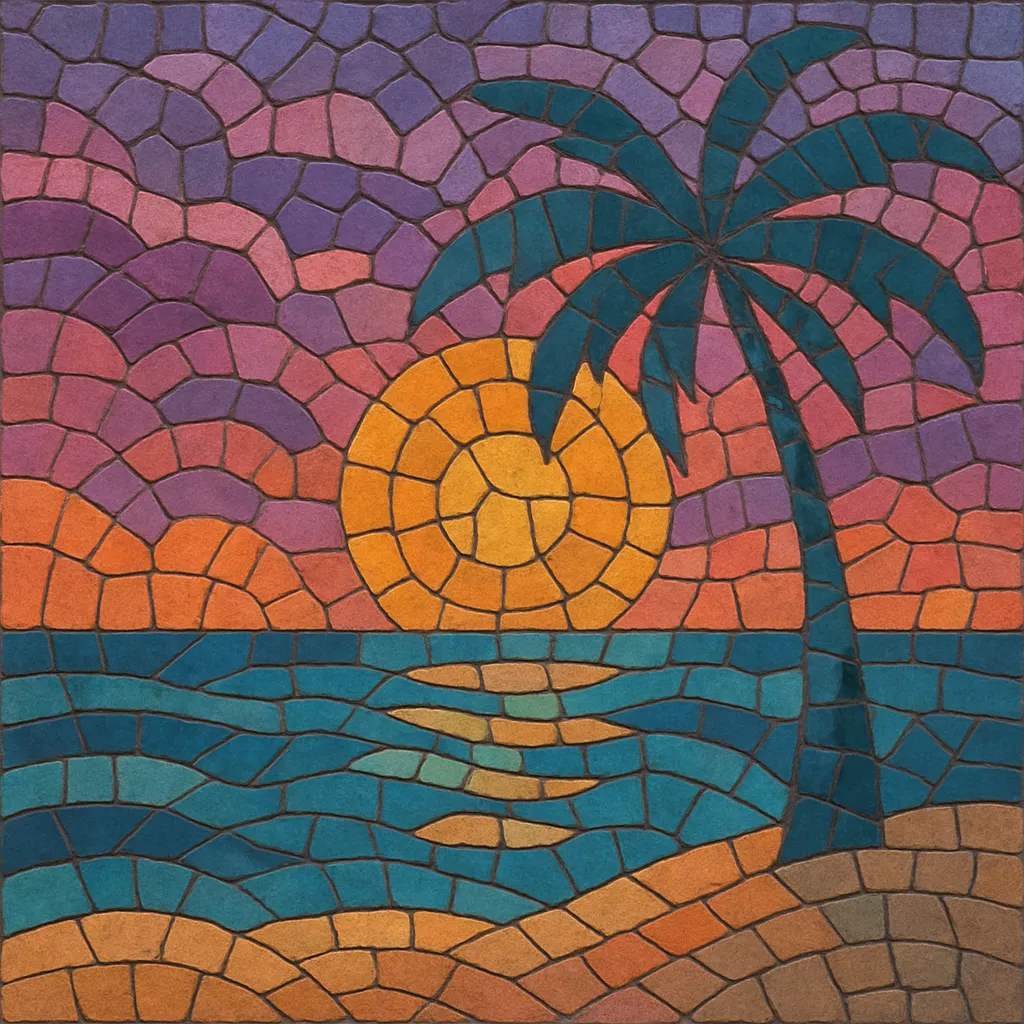Chillwave is a late-2000s microgenre of electronic pop characterized by hazy, retro-tinged synthesizers, lo‑fi textures, understated drum machines, and heavily processed, dreamlike vocals. Its sound evokes sun-faded nostalgia, often referencing 1980s synth-pop and soft rock atmospheres filtered through cassette hiss, chorus, and reverb.
Built by bedroom producers during the blog era, chillwave prizes mood over virtuosity: gentle major-seventh harmonies, loop-friendly motifs, and sidechain‑pumped pads create a warm, gauzy drift. Visual and conceptual aesthetics—VHS artifacts, pastel palettes, palm trees, and memories of an endless summer—are integral to its identity.
Chillwave emerged in the late 2000s United States within the blog-driven indie/electronic underground. Bedroom producers used affordable DAWs, vintage/virtual analog synths, and heavy time‑based effects to channel 1980s soft-focus pop into a lo‑fi, sun-faded haze. The term “chillwave,” coined satirically on the blog Hipster Runoff in 2009, stuck as a convenient tag for artists who shared woozy synths, washed‑out vocals, and summery nostalgia. Parallel descriptors like “glo‑fi” and the closely related “hypnagogic pop” circulated in music press and forums.
Early touchstones included Washed Out’s “Life of Leisure” (2009), Neon Indian’s “Psychic Chasms” (2009), Memory Tapes’ “Seek Magic” (2009), and Toro y Moi’s “Causers of This” (2010). These records distilled balearic softness, dream‑pop drift, and synth‑pop melodicism into a compact, home‑recorded aesthetic.
Between 2009 and 2011, chillwave became a blog-era phenomenon: tracks spread via MySpace, Bandcamp, and mp3 blogs, with festival slots and critical coverage amplifying the sound. The genre’s identity coalesced around hazy production (tape hiss, wow/flutter), simple drum-machine grooves, sidechain‑pumped pads, and filtered, memory‑themed vocals. While some critics dismissed the label as trend-driven, its DIY accessibility and coherent vibe resonated widely with listeners.
By the mid‑2010s, many flagship artists branched out—Toro y Moi toward disco/R&B/house, Neon Indian toward synth‑funk, and Washed Out toward lush, widescreen pop—suggesting chillwave was both a sound and a gateway. Its textural and nostalgic blueprint influenced later internet microgenres: vaporwave’s slowed samples and corporate‑mall memoryscapes, slushwave’s smeared ambient drift, and lo‑fi house’s hazy, tape‑worn club minimalism. Even as the tag receded, chillwave’s production grammar—soft focus, retro synth timbres, and mood‑first songwriting—remains a common language across indie pop and online electronic scenes.


